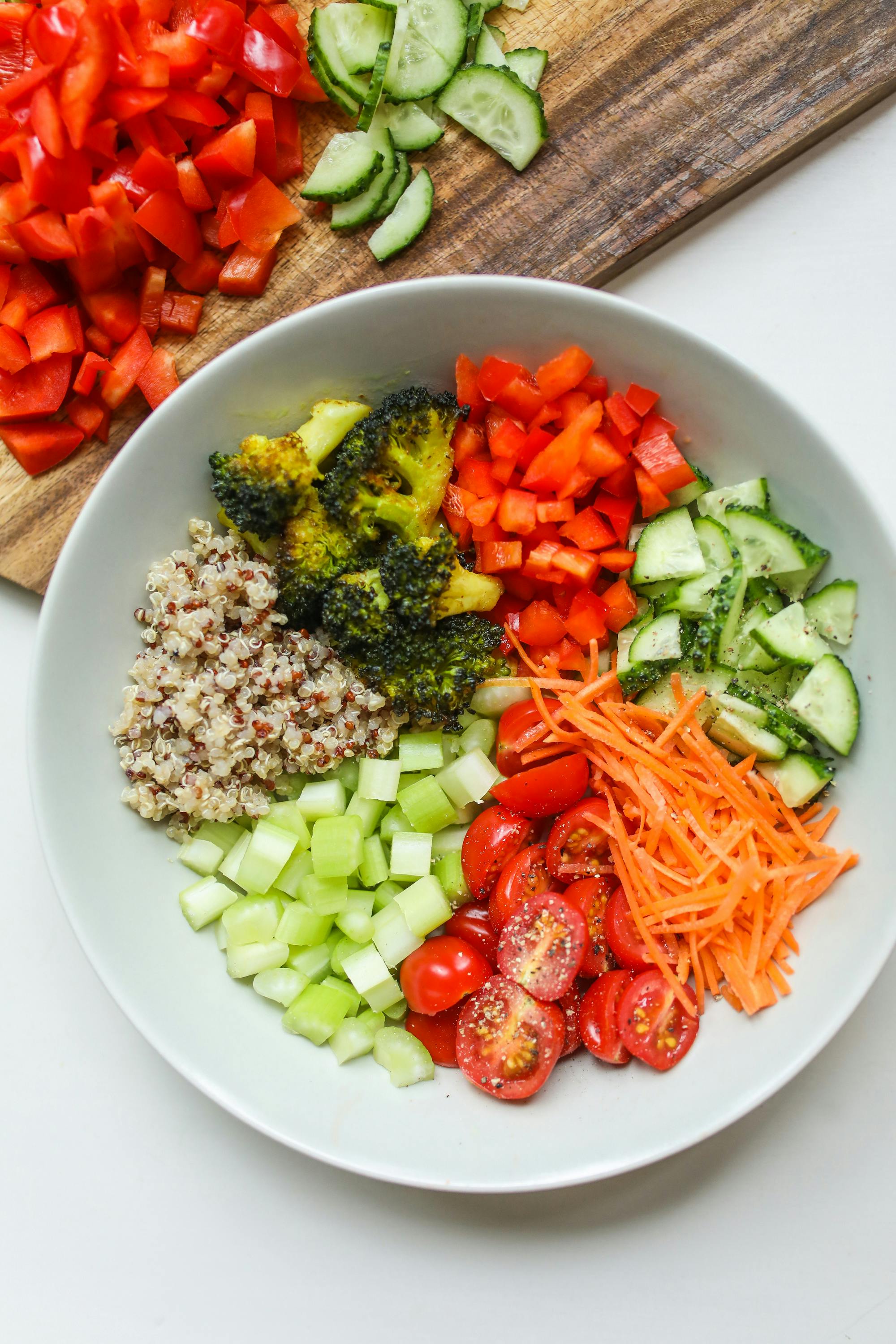
Essential Guide to Your Diverticulosis Diet Plan
Diverticulosis is a condition that affects the digestive system, and managing it effectively involves a well-thought-out diet. Understanding what to eat and what to avoid is crucial for preventing complications, such as diverticulitis. A tailored diverticulosis diet not only helps alleviate symptoms but can also enhance your overall digestive health. This guide will provide you with essential information about dietary guidelines for diverticulosis, including specifics on fiber-rich foods, meal planning, and diverticulosis recipes. By incorporating these elements into your daily routine, you can greatly improve your quality of life while managing this condition.
In this article, we will explore various food options suitable for diverticulosis, practical meal ideas, and effective strategies for managing the condition through diet. You will also learn about the importance of hydration and specific cooking methods that help minimize symptoms. Understanding these elements can significantly impact your digestive health and overall well-being.
Key takeaways include insights on low-fiber and high-fiber diets, practical snack options, and approaches to tailor your meals for optimal health. Prepare yourself for a deeper understanding of diverticulitis prevention and how to implement dietary modifications for sustainable health management.
Understanding Diverticulosis and Its Dietary Needs
To start, it's essential to grasp what diverticulosis is and its implications for your health. Diverticulosis occurs when small pouches form in the wall of the colon, often as a result of low-fiber diets and elevated pressure within the intestines. Awareness of diverticulosis symptoms such as bloating, abdominal pain, and changes in bowel habits can help in early detection and management.
Essential Nutrients for Digestive Health
The foundation of a diverticulosis-friendly diet focuses on dietary fiber, which is crucial for maintaining digestive health. Soluble and insoluble fibers play different roles in digestion. Soluble fiber, found in foods like oats and apples, absorbs water and forms a gel-like substance, which can help ease bowel movements. Insoluble fiber, present in whole grains and vegetables, adds bulk to stool and promotes regularity.
Role of Hydration in Managing Diverticulosis
In addition to fiber intake, hydration is another critical component of managing diverticulosis. Consuming adequate fluids helps facilitate fiber's beneficial effects, as it keeps stools soft and manageable. Aim for at least 8 cups of water a day to ensure proper hydration.
Understanding Fiber Intake Guidelines
The recommended daily intake of fiber for adults is around 25-30 grams. However, individuals with diverticulosis should monitor their fiber consumption carefully and adjust according to their symptoms. Gradually increasing fiber intake and tracking responses can help tailor your diet effectively.

Creating a Tailored Diverticulosis Meal Plan
Building a diverticulosis meal plan involves careful consideration of food types that promote gut health while minimizing discomfort. A balanced meal plan should incorporate a variety of high-fiber foods, lean proteins, and healthy fats while avoiding known triggers.
Foods to Include in Your Diverticulosis Diet
A well-structured diverticulosis food list should include fruits like bananas and berries, vegetables such as spinach and carrots, legumes like lentils, and whole grains. These foods are not only nourishing but also offer a range of health benefits that can assist in managing the condition.
Healthy Snacks for Diverticulosis
Snacking can be nutritious and supportive of your dietary goals. Options like yogurt with chia seeds, sliced vegetables with hummus, or whole grain crackers can help keep your energy levels stable while providing fiber.
Tips for Meal Preparation
Effective meal preparation is vital in maintaining a diverticulosis-friendly diet. Planning your meals ahead of time can help you avoid impulse decisions that may lead to consuming problematic foods. Aim to create dishes that can be easily modified to suit your dietary needs.
Diverticulosis Recipes for Every Meal
Cooking can be simple and enjoyable while adhering to a diverticulosis diet. Below are easy and delicious diverticulosis recipes that focus on nutritional needs and symptom management.
Diverticulosis Breakfast Ideas
Start your day with fiber-rich meals, such as oatmeal topped with berries or a smoothie loaded with spinach, banana, and almond milk. These options provide essential nutrients and fiber to kickstart your metabolism.
Lunch and Dinner Meal Ideas
For lunch, consider a quinoa salad with mixed vegetables, chickpeas, and a light dressing. Dinner could include baked salmon with steamed broccoli and brown rice, ensuring you get a balanced intake of proteins and fibers.
Snack Options to Consider
During downtime, nourish yourself with suitable snacks like nut butter spread on whole grain toast or a mixed fruit bowl. These snacks keep you full while preventing hunger pangs between meals.

Managing Diverticulitis and Dietary Restrictions
Understanding and managing diverticulitis symptoms is crucial for individuals with diverticulosis. In case of flare-ups, an adapted diverticulitis diet plan including low-fiber foods may be required temporarily to allow the digestive system to recover.
Avoiding Trigger Foods
Identifying and eliminating trigger foods that exacerbate symptoms is key to preventing diverticulitis. Common culprits include nuts, seeds, and certain types of grains. Keeping a food diary can assist in pinpointing reactions to different foods.
Consulting with a Dietitian
Engaging with a professional dietitian can provide personalized advice tailored to your circumstances. They can guide you on effective meal planning and ensure that your nutritional needs for diverticulosis are met without compromising your digestive health.
Long-Term Management Tips
Adopting a long-term approach to managing diverticulosis involves incorporating lifestyle changes, such as maintaining a balanced diet, staying hydrated, and engaging in regular physical activity. A comprehensive understanding of diverticular disease diet can lead to overall improvement in quality of life.
``` Its part of generated content. Can i generate another part?